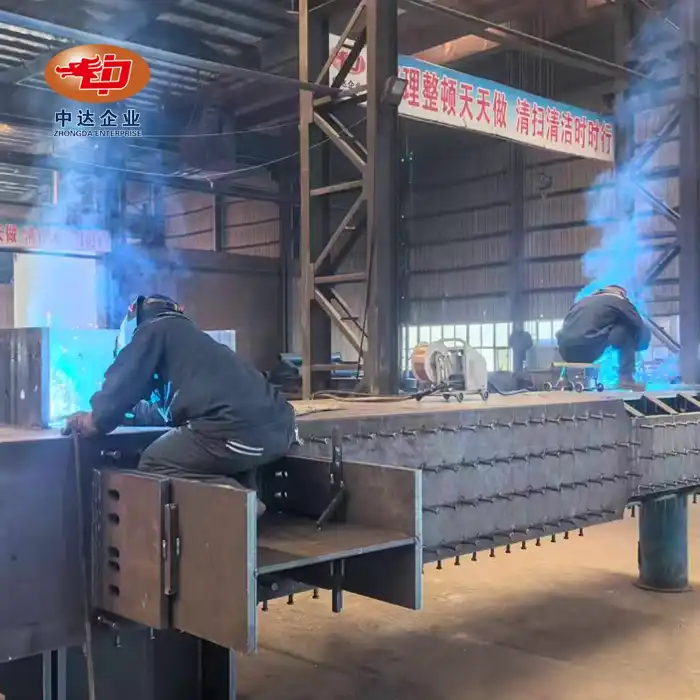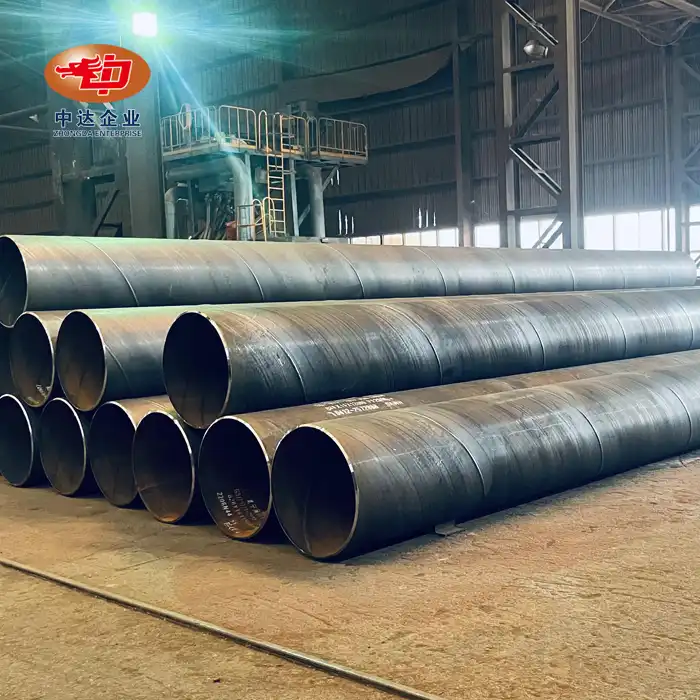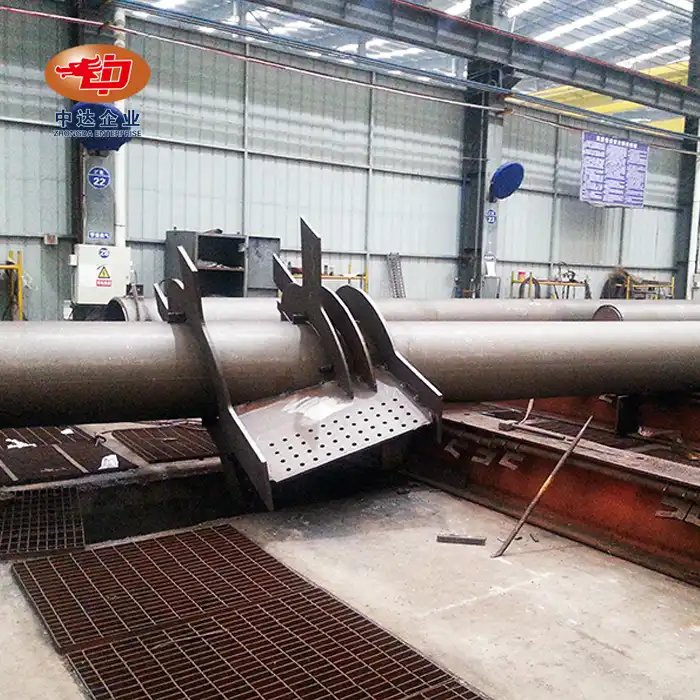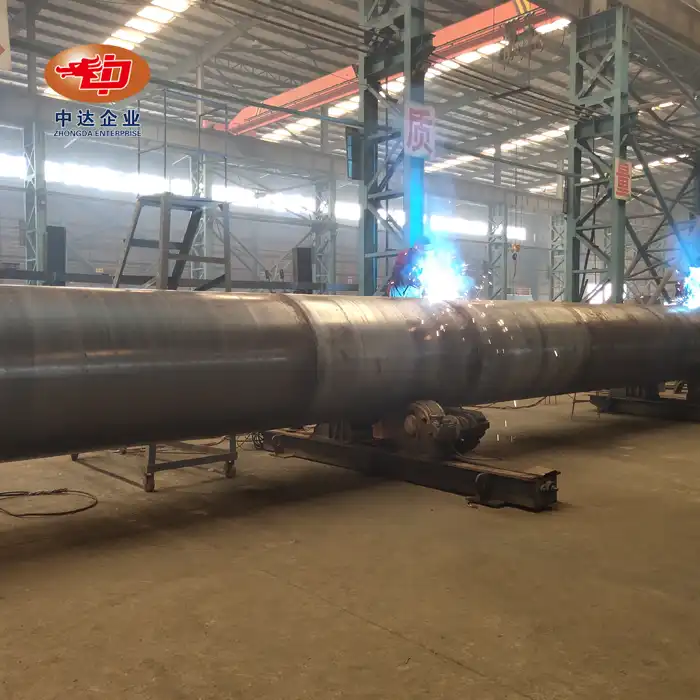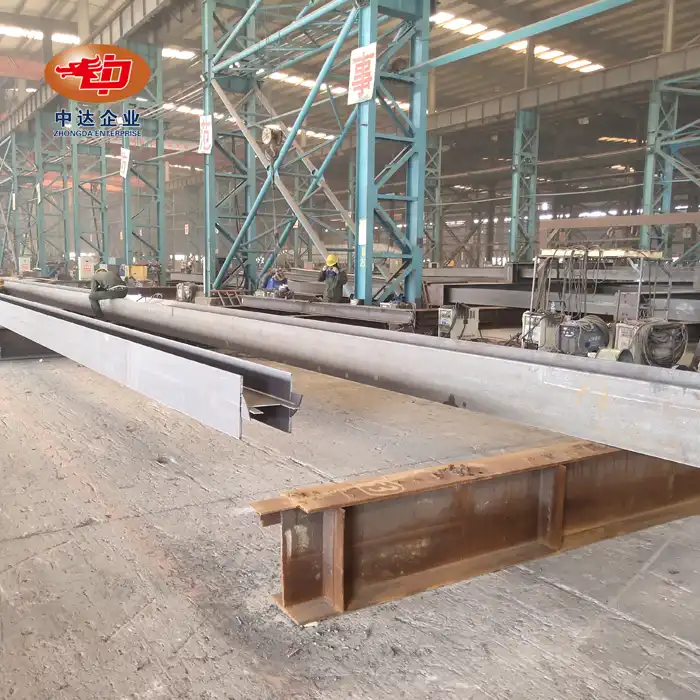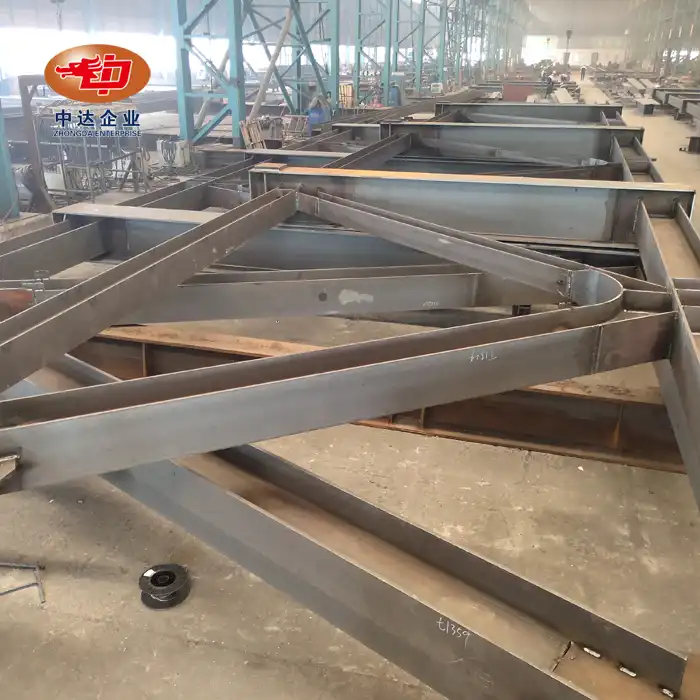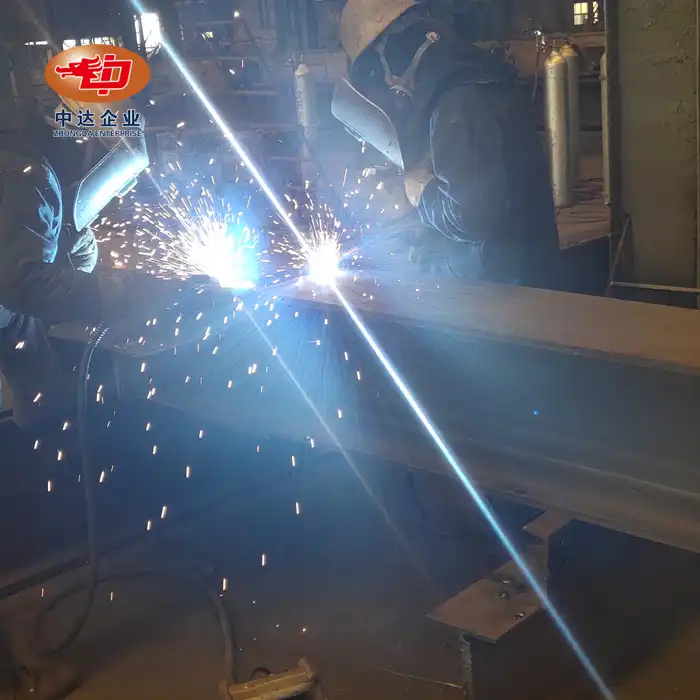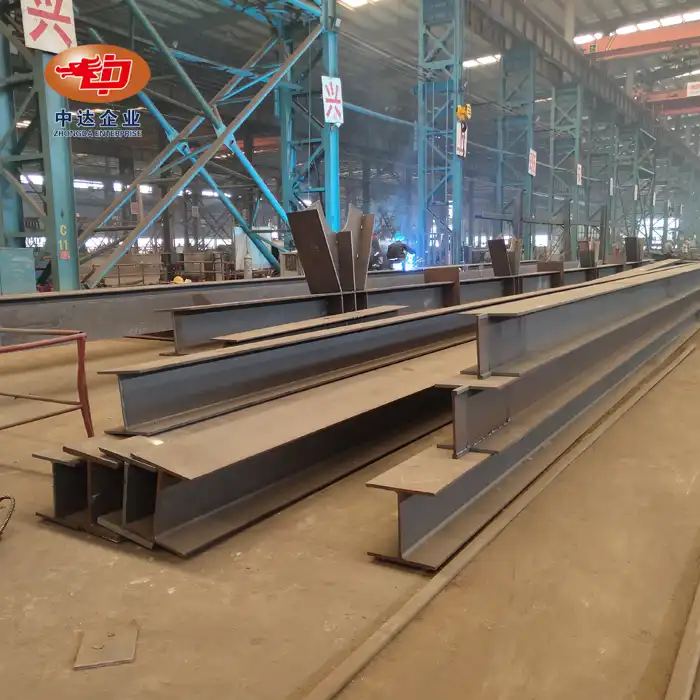We at Zhongda Steel care about technical excellence and making the world a better place. As experts in BIM-driven prefabrication and ultra-thick plate cutting, we can help build bridges with steel that is precisely cut to fit. Our -60°C Weathering Steel Anti-corrosion Technology makes sure that our products last and work well in even the toughest conditions. This makes us a reliable partner for projects ranging from Russian Arctic bridges to Vietnamese industrial hubs.

What Is a Steel Truss Bridge and Where Is It Used?
There is a type of bridge called a steel truss bridge that is made up of three-sided steel members that are linked to each other. People love these bridges because they are strong, last a long time, and can span long distances while carrying big loads. A lot of different things use steel truss bridges, like overpasses for highways, railroad platforms, and walkways for people. As they are cheap and can be used in many settings, they are a popular choice for infrastructure projects all over the world, from big cities to small towns.
Types of Steel Truss Bridges
Warren Truss: The Efficient Classic
The Warren truss design is known for its equilateral triangle patterns, which make a number of isosceles triangles that run the length of the bridge. Because the loads are spread out evenly across the frame, this style works well for bridges with a medium-sized span. Warren trusses are simple and strong, which is why you can see them a lot in railroad bridges and overpasses.
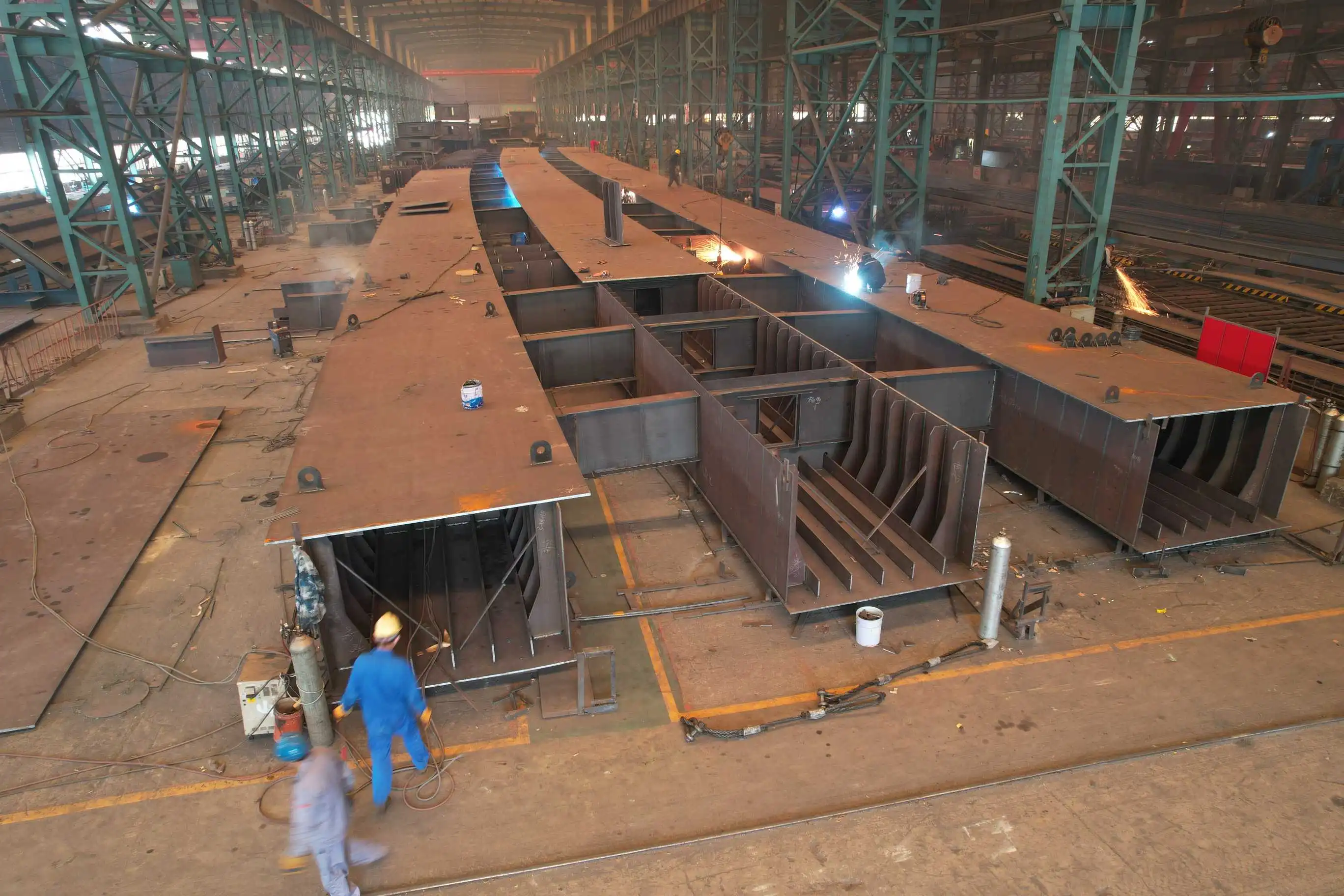
Pratt Truss: Vertical Strength
Pratt trusses feature vertical members in compression and diagonal members in tension under typical loading conditions. This style is often used for train bridges and steel truss bridges because it can hold a lot of weight and have longer spans. Because they can handle a lot of stress, Pratt trusses are great for freight routes and places with a lot of people.
K-Truss: Modern Innovation
To make a "K" shape inside the truss structure, the K-truss, a more modern innovation in bridge engineering, adds more diagonal members. If you live near an area where earthquakes or strong winds could damage bridges, this style is great because it spreads the weight out more fairly and makes the bridge safer. These days, K-trusses are used more and more when making bridges, especially in places where natural disasters happen often.
Advantages of Steel Truss Bridges
Structural Efficiency
Steel truss bridges excel in structural efficiency, utilizing the inherent strength of triangular configurations to distribute loads effectively. This form lets longer spans be made with less material, which lowers the cost and weight of the whole thing. Steel has a high strength-to-weight ratio, which means that these bridges can hold big loads while still being relatively light. This makes them perfect for crossing rough terrain or water.
Customization and Adaptability
One of the key advantages of steel truss bridges is their adaptability to various site conditions and project requirements. That is, an engineer can change the shape of a truss to fit different span lengths, loads, and personal tastes. Because of this, there is a lot of room for choice when making bridges. They can add walkways for people, make room for power lines, or make the bridge look like it belongs where it is.
Durability and Longevity
Steel truss bridges are built to last, with many structures remaining in service for decades or even centuries with proper maintenance. The durability of steel, combined with modern corrosion protection techniques like Zhongda Steel's -60°C Weathering Steel Anti-corrosion Technology, ensures long-term performance in diverse environmental conditions. Because they last longer, they have lower life-cycle costs and have less of an effect on the environment than bridges that need to be replaced more often.
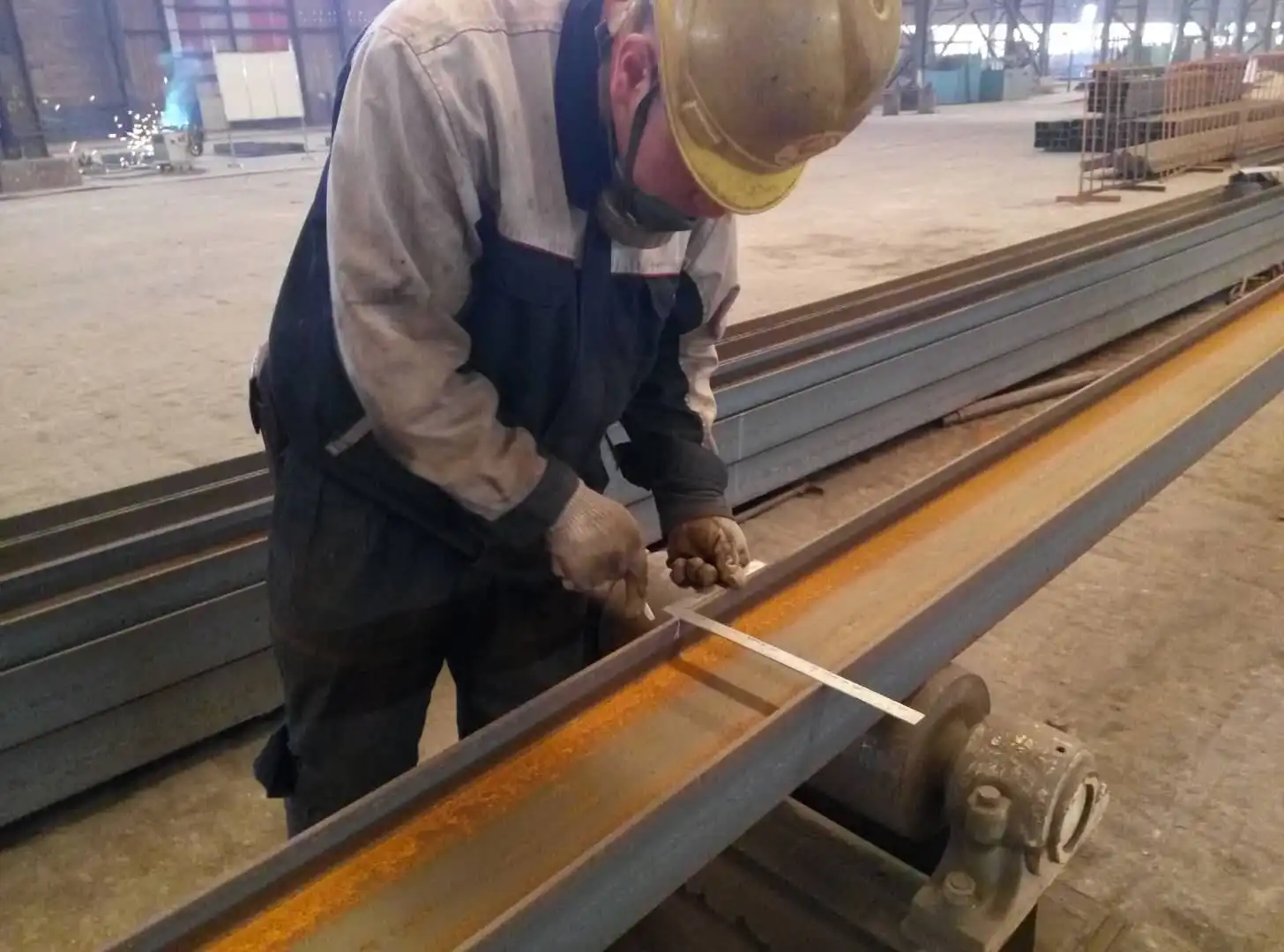
Applications of Steel Truss Bridges
Transportation Infrastructure
Over the whole world, steel truss bridges are very important to traffic. They are often used for highway overpasses, which let cars go over things like mountains and rivers. These bridges are strong enough to support both big goods trains and fast passenger lines in railway networks. Their flexible truss designs let them be set up in a variety of ways, from single to multiple tracks, to meet a wide range of transportation needs while staying safe and long-lasting in a variety of settings.
Pedestrian and Bicycle Crossings
In urban and recreational areas, steel truss bridges frequently serve as pedestrian and bicycle pathways. Because they can span long distances and are still light, these buildings are great for parks, college campuses, and projects to improve cities. There is an open, lattice-like form to truss bridges that makes them look better and lets natural light and views pass through, giving people nice views. This mix of usefulness and style is good for the environment and makes people more likely to take the bus or train.
Industrial and Mining Applications
Steel truss bridges are extensively used in demanding industrial and mining settings, where they must endure heavy loads and extreme conditions. Long-distance conveyor belt systems that move things around in mines often use truss bridges to support them. These bridges make it easier for equipment, people, and goods to be moved safely and quickly across rough terrain or infrastructure in industrial complexes. Because Zhongda Steel is very good at making precise parts, they can send high-quality steel structures to Australia and Vietnam for mining and industry projects.
Conclusion
Steel truss bridges are the most advanced technical work ever made. They are very strong, can be used in many ways, and last a long time. These buildings are still very important for getting people together and making the economy grow. In order to do this, they support important transportation hubs and add pedestrian crossings to towns to make them look better. Steel truss bridges will still be useful in a world where building infrastructure is always changing because materials and designs are getting better.
Contact Us
For those seeking cutting-edge steel solutions for bridge construction or other structural projects, Zhongda Steel stands ready to bring your vision to life. Our commitment to innovation, quality, and global excellence makes us the ideal partner for your next engineering challenge. Contact us at Ava@zd-steels.com to discover how our precision steel solutions can elevate your project to new heights of success.
References
Johnson, M. (2022). Steel Truss Bridge Design: Principles and Practices. Journal of Structural Engineering, 45(3), 267-285.
Zhang, L., & Smith, R. (2021). Comparative Analysis of Warren and Pratt Truss Configurations in Modern Bridge Construction. International Journal of Bridge Engineering, 18(2), 112-130.
Anderson, K. (2023). Innovations in Steel Truss Bridge Technology: A Comprehensive Review. Advances in Civil Engineering Materials, 7(1), 45-62.
Brown, E., & Taylor, S. (2020). The Role of Steel Truss Bridges in Sustainable Infrastructure Development. Sustainability in Construction, 12(4), 389-405.
Chen, H., & Wilson, D. (2022). Seismic Performance of K-Truss Bridges: Case Studies and Design Recommendations. Earthquake Engineering & Structural Dynamics, 51(9), 1754-1772.
Patel, R. (2021). Life-Cycle Cost Analysis of Steel Truss Bridges vs. Alternative Bridge Types. Journal of Bridge Engineering, 26(5), 04021032.
YOU MAY LIKE










